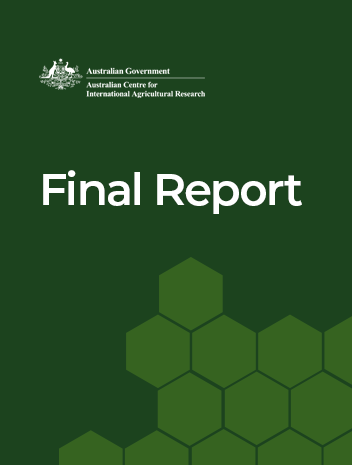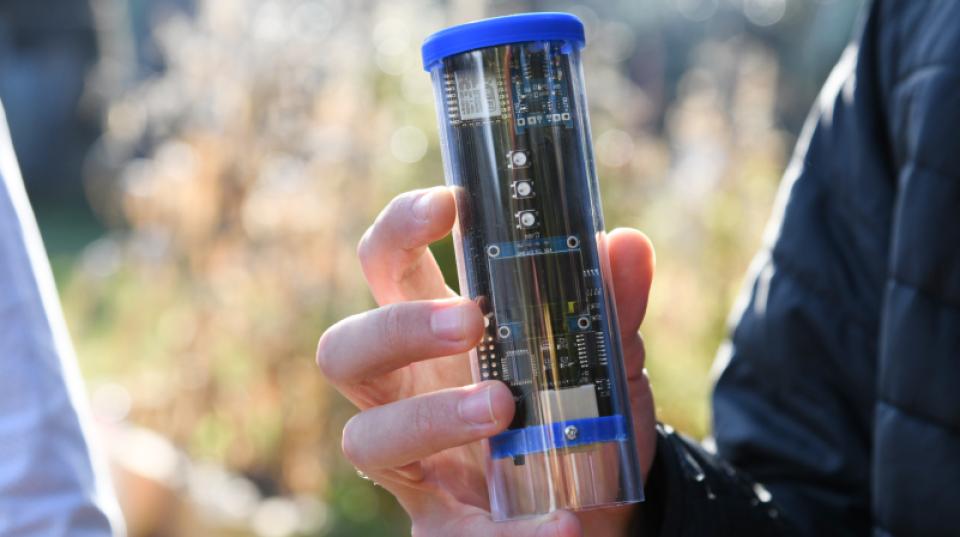Overview
This project aimed to make irrigation in Mozambique, Tanzania and Zimbabwe more productive to enhance food security.
Irrigation in sub-Saharan Africa has been inadequate, due to weak water governance institutions, weak market integration, and degradation and abandonment of irrigated land. Despite this, government schemes and individual smallholder farmers are expanding irrigation.
In this project, participating farms monitored water applied; soil water, nitrate and salt; water tables and groundwater depth, to identify how to improve water use. The project established 'Innovation Platforms', comprising farmers, political representatives and players across the market value chain, to identify institutional and market constraints and to stimulate opportunities for change.
The project documented options for improving water productivity and sustainability, methodology related to innovation platforms and adaptive learning, and policy options for improving water governance.
Outcomes
The project was developed to test a specific combination of technical and institutional change methods to increase irrigation water productivity and profitability in African smallholder irrigation schemes. This combination of ‘Tools + Agricultural Innovation Platforms’ (TAIP) has positive synergies that were found capable of reinvigorating failing irrigation schemes.
To achieve better yields with reduced losses of water and nutrients, smallholder farmers have been helped to monitor and understand the water and nutrient levels in their soils by using two inexpensive, simple to use tools: the Full Stop soil wetting front detector and solute collection device, and the Chameleon tool that measure moisture at different depths in the soil profile and displays the result as coloured lights; blue (wet), green (moist) or red (dry). Farmers used these to learn the best combination of fertiliser application and irrigation for their crops on their soils, and so increased their yields.
In order to overcome system issues, such as lack of access to markets, the project tested the effectiveness of structured opportunities for dialogue and problem solving between smallholder farmers and a diversity of other stakeholders through Agriculture Innovation Platforms (AIPs). In an AIP, the farmers identify one or more key barriers to better farming or opportunities, then invite relevant stakeholders who can effect change to discuss and agree on solutions. This means that farmers set the agenda for change. The AIPs have enabled farmers to lower input costs, identify more valuable crops and develop better markets so as to become profitable. AIPs tend to be time limited, but once a particular issue has been resolved through an AIP, the skills, experience and confidence to address other issues remain in that community. In the case of this project, the six established AIPs are still working through their desired reforms.
The 2016 external review of the project found that the research has enabled smallholder farmers and related stakeholders to ‘achieve success in a traditionally difficult sector’. A key achievement has been that at five schemes, yield has improved two- to four-fold and farmer incomes have increased. In four schemes, unused irrigation plots covering an average of 27% of the command area were brought back into production. The frequency of water application was reduced by two-thirds at five schemes, and as a result, the supply of water to canal tail-end farmers improved so that they can produce crops reliably. As much as 70% of labour was saved from reduced irrigation frequencies and this time was often redirected into more intensive agriculture or small businesses. In focus groups the farmers reported greater social harmony among farmers and within households. Farmers began accessing certified seeds and using quality fertilisers at most of the schemes. A number of more profitable crops and crop varieties were grown. Through the AIPs, farmers enhanced access to crop processing facilities and markets. Maintenance of five of the irrigation schemes by farmers increased. Surveys showed that approximately 25% of the more than 1,700 scheme farmers were directly engaged in the project in the three countries, and another 55% received scheme-level aggregated benefits.
While these interventions in six schemes have succeeded with direct involvement from project staff, new research has now commenced in the Transforming Irrigation in Southern Africa project (LWR/2016/137) to learn and assess how these measures can be scaled out and up. There is a need to understand how to enable each national government irrigation agency to apply research lessons to their policies and practices. Further, engagement with multilateral African institutions is underway to draw on the research findings to improve their policies and practices.





